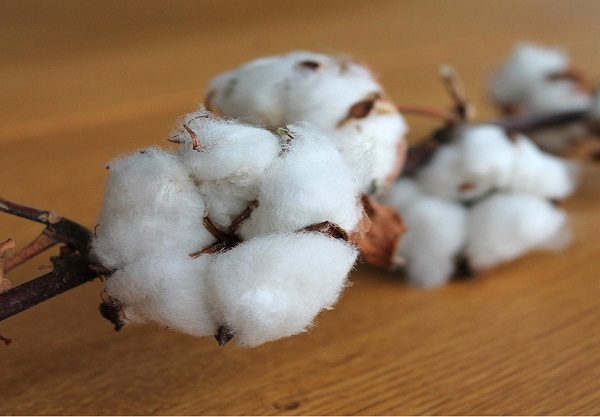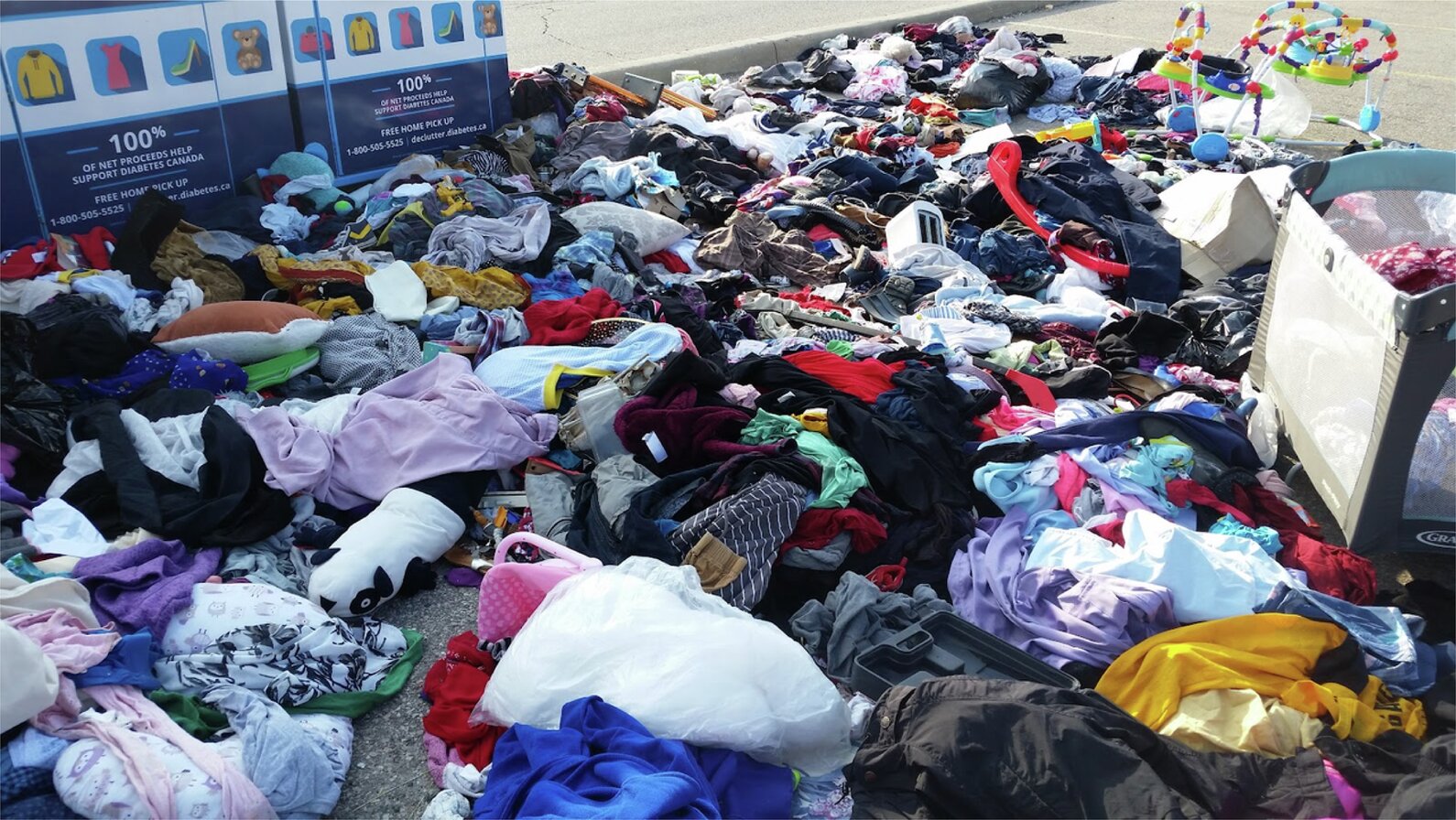
International cotton prices traded at seven-week high in August while prices in India jumped over 12 per cent during the month. The rise in cotton prices is mainly a result of crop losses due to pests and heavy rains across cotton-growing areas despite a rise in area under cultivation, says Ravindra Rao, VP-Head Commodity Research. Prices are also rising owing to defaults in imports that are causing stock depletion.
Weather, pests damage cotton crops
Atul Ganatra, President, Cotton Association of India, attributes the rise in cotton prices to low volumes caused by acute liquidity shortages. In August, cotton bales in India totaled 25,000 bales a decrease of 10,000 bales from October and November, he adds. However, the area under cotton cultivation increased to 121.3 lakh hectare during the month, says Ajay Kedia, Commodities Expert. He believes, lurking fear of pest attacks is causing cotton prices to surge coupled with the harm caused by last year’s untimely rains in October-November. The crop will continue to be affected by weather conditions and rising pest attacks, he adds. Cotton price rise has led to a decline in demand from the textile industry. Demand across the country is slow but steady, says Kedia. However, with monsoon intensifying further crop damage may occur, he warns.
Global projections decline
Cotton prices in the US are increasing on account of higher sales, exports for new season crops and lower crop production. Cotton stocks on ICE Cotton (December) jumped to its highest levels in two months as reports of deteriorating crop condition due to hot, dry weather in key growing areas, surfaced. Currently, cotton stocks in the country are trading around 118 cents per pound.
In its monthly report, United States Department of Agriculture (USDA) has cut US cotton production forecast by three million bales to 12.6 million bales for 2022-23. The country’s exports are projected to fall by two million bales to 12 million bales during the current year. US ending stocks are expected to decline to their lowest levels in a century to 1.8 million bales. Abandonment estimate by the USDA increased 1.42 million acre in a single month while textile production estimate dropped from 7.7 million bales to 2.9 million.
Demand stabilization has eased supply chain pressures and is supporting prices. However, rising cotton prices may pressurize profit margins of textile players, believes Kush Godasara, Independent Market Expert. They will have to bear this burden for a while as slackening demand makes it impossible to pass on the increased costs to consumers.












